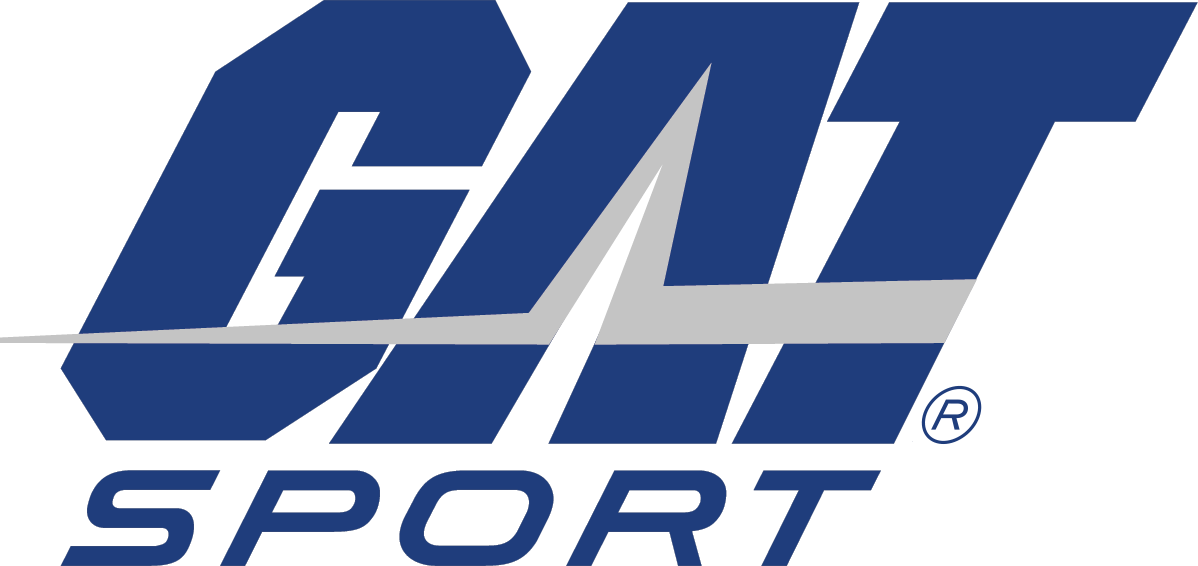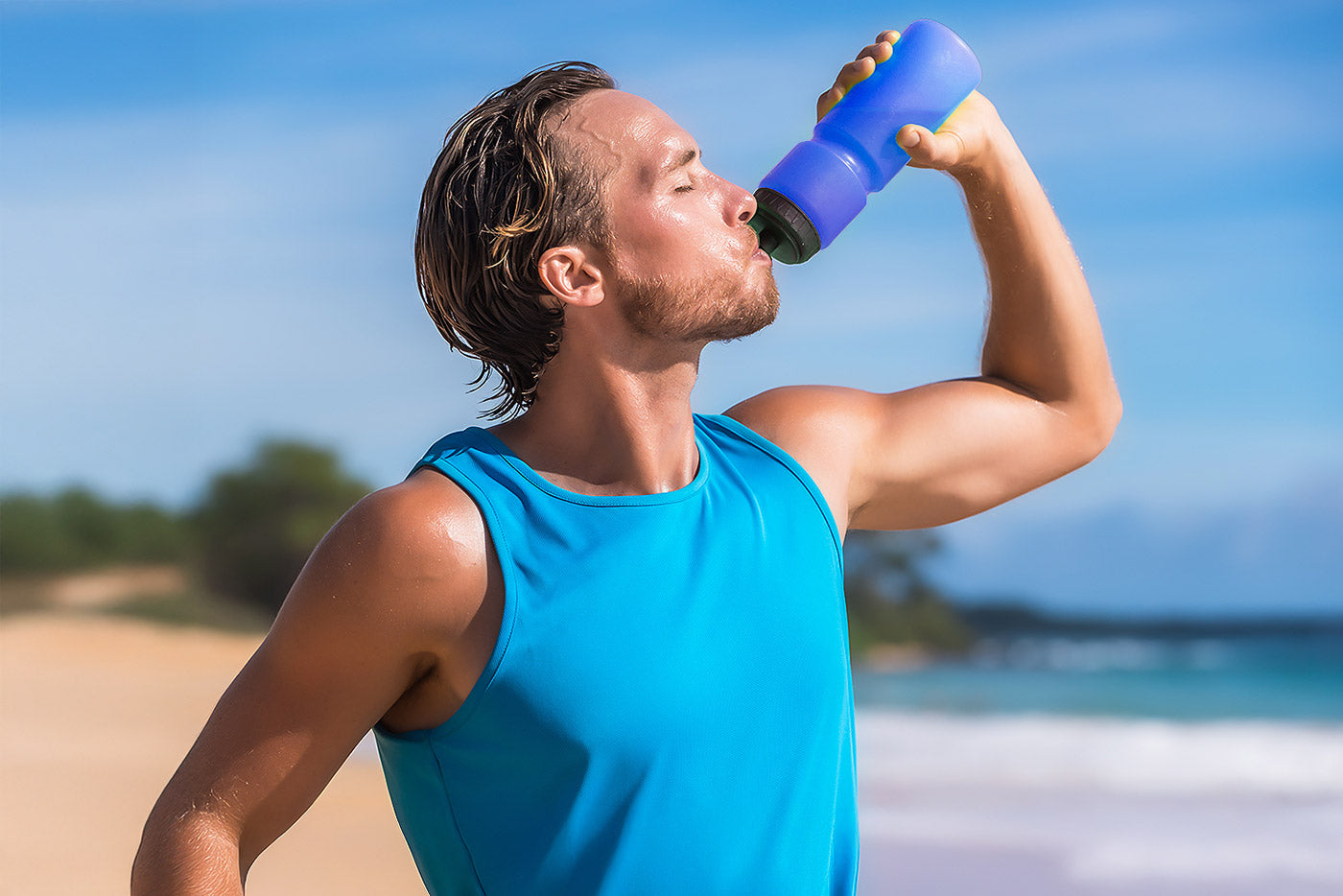Most athletes think hydration is pretty straightforward: you're either hydrated or you're not. But here's what elite performers understand: there are actually three distinct states, and only one delivers peak summer performance.
Think of your body like a high-performance engine. Dehydration? That's like running on dirty oil; everything gets sluggish. Optimal hydration keeps you running smooth and steadily. But hyperhydration? That's your nitro boost, where your body holds extra fluid like a secret weapon against the heat.
If you've ever felt like your workouts turn into complete slogs during those brutal August scorchers, you're probably stuck in the wrong hydration state. After spending over a decade in sports nutrition science, I've watched how mastering these levels separates the podium finishers from everyone else. Let's break it down—no fluff, just science, strategy, and that GAT Sport edge to help you COMPETE HARDER.
The Problem: Why Most Athletes Are Playing Hydration Roulette
Picture this: you're halfway through a killer training session, sweat pouring like you've sprung a leak, and suddenly your power output just... drops. That's not just an off day; that's your body screaming about a hydration mismatch.
Here's the thing: way too many athletes bounce between suboptimal hydration states without understanding what each one actually does to performance. Dehydration sneaks up on you, quietly robbing strength and focus. Most people think optimal hydration is the goal, and sure, it's good—but during extreme conditions like summer training blocks, it's often not enough to maintain peak output. And hyperhydration? Most dismiss it as unnecessary, but it's actually the elite strategy that could add hours to your endurance or extra reps to your sets.
This confusion comes from outdated advice that's basically "drink water, add some electrolytes, you're good." But research shows hydration isn't one-size-fits-all. A 2022 study in the Journal of the International Society of Sports Nutrition found that even mild dehydration—just 2% body weight loss—can tank cognitive function and physical performance by up to 10% in heat-stressed athletes (1). Meanwhile, surveys from the American College of Sports Medicine show that 70% of endurance athletes start events under-hydrated, leading to cramps, fatigue, and disappointing times (2). For strength athletes, it gets worse: dehydration can slash muscle force by 15-20%, turning your PR attempts into frustrating failures.
What's really wild is that in our current biohacking era—with influencers like Andrew Huberman preaching the quantified self-approach—people track everything except their fluid status. Gen Z gym-goers chase "sleep maxxing" trends on TikTok, while Millennials are juggling career workouts and often missing how summer heat amplifies hydration risks. Late Gen Xers invest in all the latest gadgets but overlook the nuanced hydration states that could optimize their recovery.
The result? Subpar gains, increased injury risk, and that nagging feeling you're leaving performance on the table. Sound familiar? Time to level up your hydration game.

The Science: Breaking Down the Three Hydration States
Let's dive into the physiology—because understanding the mechanisms is how you hack your body like a pro. We'll break down dehydration penalties, optimal hydration benefits, and hyperhydration advantages, all backed by solid research. This is the science that GAT Sport builds its formulations around.
Dehydration: Your Body's Red Alert
When fluid loss exceeds intake, your plasma volume drops, and your blood gets thick like molasses. Your heart must work overtime just to pump it around. A comprehensive meta-analysis in Sports Medicine (2010) reviewed 28 studies and found that dehydration over 2% body weight reduces aerobic performance by 3-7%, with anaerobic power taking an even bigger 5-10% hit (3).
Why does this happen? Reduced blood flow means less oxygen delivery to muscles, your core temperature spikes, and fatigue hits faster. In hot conditions, it gets amplified—your body's cooling system becomes less efficient, potentially leading to heat exhaustion. Mentally, dehydration creates brain fog that kills decision-making, which is critical whether you're playing team sports or crushing CrossFit WODs. The warning signs? Thirst (which means you're already behind), dark urine, headaches, and that dreaded "bonk" feeling mid-set.
Optimal Hydration: Your Sweet Spot
This is where you maintain euhydration—balanced fluids, electrolytes, and plasma volume for normal function. The benefits include sustained energy, better temperature regulation, and peak muscle contraction. A 2015 review in Nutrients showed that properly hydrated athletes maintain VO2 max and time-to-exhaustion 10-20% longer than their dehydrated counterparts (4).
Electrolytes like sodium, potassium, and magnesium are the stars here, preventing hyponatremia (dangerously low sodium) and supporting proper nerve function. For most training—steady-state cardio or moderate lifting where consistency matters more than extremes—this is your target zone.
Hyperhydration: The Elite Edge
Here's where it gets interesting. Hyperhydration means intentionally overloading fluids to expand plasma volume and increase cellular water content. This isn't about chugging gallons of water—it's strategic, often using compounds like glycerol.
Research in the International Journal of Sport Nutrition and Exercise Metabolism (2007) analyzed glycerol hyperhydration studies and found it increases fluid retention by 7.7 mL/kg body weight, extending endurance by 5-10% in hot conditions (5). How does it work? Glycerol acts like a sponge, drawing water into cells and creating a buffer that delays dehydration onset. When you combine it with performance ingredients like beta-alanine (for lactic acid buffering) and betaine (for power output), you're not just improving hydration—you're enhancing multiple performance metrics.
A 2010 study in Sports Medicine confirmed glycerol's role in exercise-associated hyperhydration guidelines, showing up to 4-hour benefits in fluid retention without gastrointestinal distress (6).
Hyperhydration really shines during hot-weather endurance events, high-intensity training in humid environments, or competition prep. The key is timing—preload 2-4 hours before your event to avoid feeling bloated. The risks are minimal with proper dosing, though overdoing it might cause temporary weight gain or mild headaches. Compared to dehydration's performance penalties or optimal hydration's maintenance benefits, hyperhydration offers proactive advantages—especially as summers keep getting more extreme.
The Solution: Strategic Protocols to Master All Three States
Knowledge is power, but application is performance. Here's how to navigate these hydration states with evidence-based protocols, incorporating targeted supplementation from GAT Sport. Our formulations are designed for real athletes— clean, effective, and backed by over 25 years of sports nutrition excellence.
Start with Assessment
Weigh yourself before and after workouts to calculate your sweat rate (you want to lose less than 2% of body weight). Use urine color charts or apps for daily monitoring. If you're dehydrated (dark urine, fatigue), focus on recovery by sipping electrolyte-rich fluids at 1.5 times your loss volume over 2-4 hours. For optimal hydration maintenance, aim for consistent intake—2-3 liters daily, plus 500mL per workout hour.
Enter GAT Sport's Strategic Duo
This is where Nitraflex Hydration and Nitraflex Glycerol come in. Nitraflex Hydration delivers a complete electrolyte matrix (sodium, potassium, magnesium) in a fast-absorbing powder that's perfect for maintaining euhydration. Mix one scoop in 16oz of water during sessions to replace what sweat steals while supporting nerve function and preventing cramps. It's your daily driver for optimal hydration states, aligning with ISSN recommendations for divided electrolyte dosing (7).
For hyperhydration, Nitraflex Glycerol steps up as the first liquid glycerol formula engineered specifically for performance. With 20g glycerol per full serving (2 tbsp), plus 2g beta-alanine and 2.5g betaine, it creates cellular hyperhydration that actually lasts.
Your Protocol Options:
Take a half-serving (1 tbsp, 10g glycerol) for lighter sessions to ease into optimal hydration zones or go full serving for intense heat training. The sweet spot is preloading 2-3 hours beforehand, since studies show 1.2-1.4g/kg glycerol maximizes retention (8). The beta-alanine buffers lactic acid for endurance (research shows up to 19% power gains), while betaine boosts strength—making it ideal for stacking with Nitraflex Hydration.
Sample Protocols by Situation–
Recovering from Dehydration (Post-Workout): If you've lost more than 2% body weight, rehydrate with Nitraflex Hydration (one scoop in 20oz water) plus some carbs and protein. Add extra magnesium if you're cramping.
Daily Training (Optimal Hydration): Start with a morning Nitraflex Hydration shake, sip during workouts, and reload in the evening. Track consistently to maintain steady plasma volume.
Peak Performance/Heat (Hyperhydration): Take a full Nitraflex Glycerol serving mixed in water 2-4 hours before your event. Follow with Nitraflex Hydration during exercise for sustained benefits. Research validates this approach for 4-6% endurance improvements in hot, humid conditions (9).
Customize Your Approach
The beauty is in the flexibility. Gen Z biohackers might track via wearables and adjust glycerol for those pump-focused days. Millennials can stack with coffee for time-crunched sessions. Gen X athletes can optimize for longevity and recovery. With GAT Sport's clean labels, you know exactly what's fueling your competitive edge—no proprietary blends, no guessing.
The Bottom Line: Level Up Your Hydration Game
Hydration isn't just a checkbox to mark off, it's a performance spectrum. Dehydration drags you down, optimal hydration keeps you steady, and hyperhydration propels you forward. By understanding these states and using strategic protocols, you'll unlock performance levels that make summer heat work for you instead of against you.
GAT Sport's Nitraflex line makes it straightforward: Hydration for your foundation, Glycerol for that hyper boost when you need it most.
What's your current hydration status? Drop a comment below—let's optimize together.
References:
(1) Adan A. Cognitive performance and dehydration. Journal of the American College of Nutrition. 2012;31(2):71-78.
(2) Sawka MN, et al. American College of Sports Medicine position stand. Exercise and fluid replacement. Medicine & Science in Sports & Exercise. 2007;39(2):377-390.
(3) Judelson DA, et al. Effect of hydration state on strength, power, and resistance exercise performance. Medicine & Science in Sports & Exercise. 2007;39(10):1817-1824.
(4) Goulet ED. Effect of exercise-induced dehydration on endurance performance: evaluating the impact of exercise protocols on outcomes using a meta-analytic procedure. British Journal of Sports Medicine. 2013;47(11):679-686.
(5) Goulet ED, et al. A meta-analysis of the effects of glycerol-induced hyperhydration on fluid retention and endurance performance. International Journal of Sport Nutrition and Exercise Metabolism. 2007;17(4):391-410.




